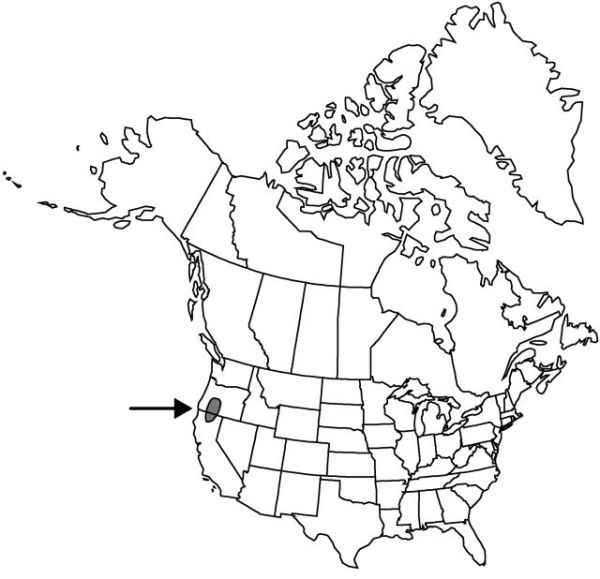Difference between revisions of "Erythronium klamathense"
Contr. Dudley Herb. 1: 151. 1930.
Common names: Klamath fawn-lily
Endemic
imported>Volume Importer |
imported>Volume Importer |
||
| Line 50: | Line 50: | ||
|publication year=1930 | |publication year=1930 | ||
|special status=Endemic | |special status=Endemic | ||
| − | |source xml=https:// | + | |source xml=https://bitbucket.org/aafc-mbb/fna-data-curation/src/2e0870ddd59836b60bcf96646a41e87ea5a5943a/coarse_grained_fna_xml/V26/V26_257.xml |
|genus=Erythronium | |genus=Erythronium | ||
|species=Erythronium klamathense | |species=Erythronium klamathense | ||
Latest revision as of 22:14, 5 November 2020
Bulbs slender, 25–40 mm. Leaves 6–17 cm; blade green, lanceolate to narrowly elliptic, ± folded along midvein, margins entire to wavy. Scape 6–20 cm. Inflorescences 1–3-flowered. Flowers: tepals 2/3 or more white, with yellow zone at base, ± pinkish in age, broadly lanceolate, 20–35 mm, inner with small auricles at base; stamens 8–14 mm; filaments white, slender; anthers ± yellow; style white, 4–9 mm; stigma ± unlobed. Capsules narrowly obovoid, 2–5 cm. 2n = 24.
Phenology: Flowering late spring to summer (Apr–Jun).
Habitat: Montane meadows, openings in coniferous forests
Elevation: 1200–1900 m
Discussion
Selected References
None.
Lower Taxa
None.
